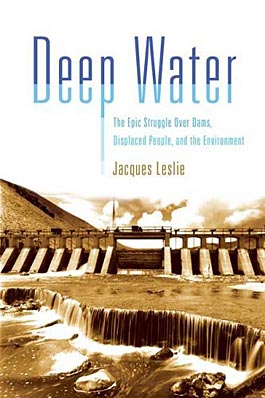
FutureGenerations/China
Well, it’s spectacular, 15 floors up overlooking the waterfront, complete with a skyline of mylar and mirror highrises, fleets of water taxis, ferries, more buses than I thought existed on Earth, and mountains to put Maui to shame. I haven’t been to Hong Kong since the handover and it’s different. There’s a green theme sprouting from tarmac, billboards, newspapers. Hard to tell how much of it will stick and what’s glitter—but the same could be said for the US.
One thing of interest: the Green Long March, built on the iconic Red Long March of Chinese history. It’s an army of college students fanning out across the countryside each summer spreading green messages to villages, schools, orphanages, factories, farms. Two thousand students participated in 2007, the debut year, spreading awareness about water and all its issues. Five thousands students marched by foot and via trains and so on throughout 2008, carrying messages about green enterprise.
Caroline Hsiao Van, a trustee of the nonprofit Future Generations and founding member of the Green Long March movement (FutureGenerations/CHINA), tells me she’s not sure how many students will march this year—but the Green Long March has become a year-round platform for students from over 50 universities to have a voice and affect change in their communities. Since it’s possible that as many as 2 million of last year’s 6-7 million graduating college students in China are unemployed.. and this year… well, there could be a lot of diploma-bearers, undergrads, members of the China Youth League and university environmental clubs looking for something to march toward this summer and the theme on the calendar is green energy.
Most amazing: the Green Long March has gained the support of the government of China despite its notorious skittishness about movements and students. FutureGenerations/CHINA is also partnered with dozens of Chinese universities. Corporate sponsors and foundations support students on their summer odyssey.
The idea is that the marchers bring a message, listen to the responses, and forge evidence-based decisions. The plan is to build from known successes, spread the solutions, and let the good ideas proliferate at the grassroots level. It’s an approach grown from the founding father of FutureGenerations, an American, Daniel Taylor, who’s been working to green and improve the lives of people in Tibet, Afghanistan, India, and Peru for decades.
So what about a Green Long March in the US? The machinery exists, left over from the Obama campaign. Why let it become landfill? Why not recycle the energy of so many eager to forge solutions? Who among us wouldn’t march out to the greenless realms and talk and listen and make change?















